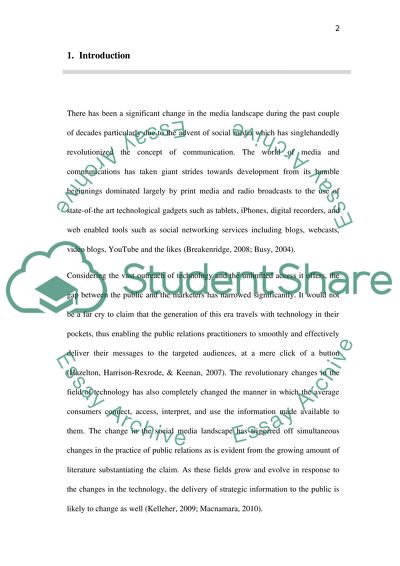Cite this document
(“The impact of social media on public relations practice Research Paper”, n.d.)
Retrieved from https://studentshare.org/journalism-communication/1402412-the-impact-of-social-media-on-public-relations
Retrieved from https://studentshare.org/journalism-communication/1402412-the-impact-of-social-media-on-public-relations
(The Impact of Social Media on Public Relations Practice Research Paper)
https://studentshare.org/journalism-communication/1402412-the-impact-of-social-media-on-public-relations.
https://studentshare.org/journalism-communication/1402412-the-impact-of-social-media-on-public-relations.
“The Impact of Social Media on Public Relations Practice Research Paper”, n.d. https://studentshare.org/journalism-communication/1402412-the-impact-of-social-media-on-public-relations.


